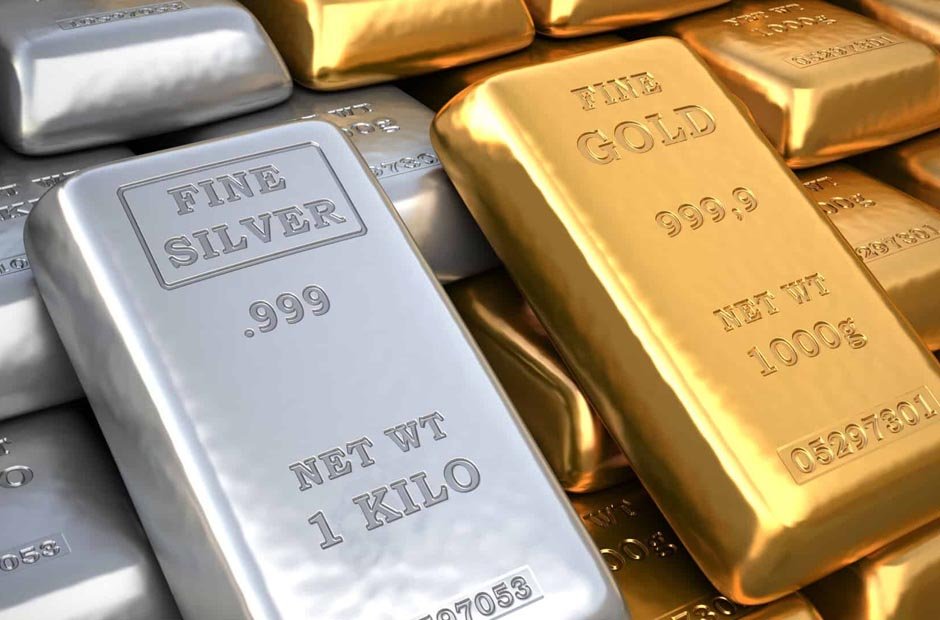Australia is renowned for its vibrant economy, stunning landscapes, and rich natural resources, making it a focal point for investors around the globe. Among these resources, silver stands out as a valuable asset for those looking to diversify their investment portfolios. Investing in silver bullion in Australia offers a unique opportunity to leverage the country’s mining strengths and the global demand for precious metals. This guide will explore effective strategies for investing in silver bullion in Australia, ensuring investors are well-equipped to navigate the market and maximise their investment potential.
Understanding Silver Bullion Investment
Silver bullion refers to silver in the form of bars, coins, or rounds that investors purchase as a physical asset. Unlike stocks or bonds, silver bullion provides a tangible investment, appealing to those who wish to hold a physical representation of their wealth.
The Appeal of Silver
Silver boasts dual characteristics: it is both a precious metal and an industrial commodity. This duality means that both investment demand and industrial use, including electronics, solar panels, and medical devices, influence its value. Silver’s versatility creates diverse opportunities for investors.
Getting Started in Australia
Research the Market
Before investing in silver bullion, it’s crucial to understand the market dynamics. This includes keeping abreast of daily Australian silver prices, currency fluctuations, and economic indicators influencing silver’s value. Australian investors should also familiarise themselves with local silver mines and their output levels, as these can affect silver availability and pricing.
Choose the Right Silver Bullion
Investors can opt for silver in various forms, including bars, coins, and rounds. Coins like the Australian Silver Kookaburra are popular for their collectability and legal tender status, potentially adding numismatic value to the metal content. Bars and rounds, on the other hand, might offer closer pricing to the spot silver price, making them a preferred choice for pure investment purposes.
Investment Strategies
Dollar-Cost Averaging
One effective strategy is dollar-cost averaging, where you invest a fixed amount of money at regular intervals, regardless of the silver price. This approach can reduce the risk of market timing and potentially lower the average cost of your investment over time.
Diversification
Diversifying your investment portfolio by including silver bullion alongside other assets can reduce risk. Silver’s performance often counterbalances the volatility of other investments, providing a hedge against inflation and currency devaluation.
Stay Informed and Be Patient
The precious metals market is dynamic and influenced by global economic trends, geopolitical events, and technological advancements. Staying informed through reliable sources and exercising patience can be key to successful silver bullion investment, as the market can experience periods of volatility.
Storage and Security
Secure Storage Solutions
Investing in silver bullion requires careful consideration of storage and security. Options include home safes, bank safe deposit boxes, or secure storage facilities specialising in precious metals. Each option has its pros and cons, with factors like insurance, accessibility, and costs playing a role in the decision-making process.
Insurance
Irrespective of the chosen storage method, it is crucial to ensure your silver investment is insured against theft or loss. Some storage facilities offer insurance as part of their services, while other options may require separate insurance policies.
Selling Your Silver
Knowing When to Sell
Your investment objectives, market conditions, and personal financial needs should guide your decision to sell silver bullion. Setting clear objectives can help determine the right time to sell, whether for profit-taking or reallocating assets within your portfolio.
Selling Options
Selling silver bullion in Australia can be done through precious metal dealers, online platforms, or private sales. Each avenue has its advantages and considerations, such as fees, convenience, and the potential for negotiating prices.
Legal and Tax Considerations
Understanding Tax Implications
Investors should be aware of the tax implications of buying and selling silver bullion in Australia. This includes capital gains tax on profits from selling silver and any applicable taxes or exemptions when purchasing silver bullion. Consulting with a tax professional can clarify these matters, ensuring compliance with Australian tax laws.
The Future of Silver Investment in Australia
Market Outlook
The future of silver bullion investment in Australia looks promising, driven by ongoing demand in both investment and industrial sectors. Technological advancements, especially in renewable energy and electronics, will likely sustain long-term silver demand.
Staying Adaptive
Successful silver bullion investments require adaptability to changing market conditions and the willingness to adjust strategies as needed. By staying informed, diversifying investments, and managing risks, investors can navigate the complexities of the silver market and achieve their investment objectives.
Conclusion
Investing in silver bullion in Australia offers a tangible way to diversify investment portfolios, hedge against economic uncertainties, and capitalise on the country’s rich natural resources. By understanding the market, choosing the right silver products, employing strategic investment approaches, and considering storage, security, and legal aspects, investors can enhance their chances of success in the silver market.


